|
2/18/2015 1 Comment Landscape AuditAuthored by Ruohan Chen
1. Title: Made with Code by Google URL: https://www.madewithcode.com/ Inspirations: Made W/Code encourages girls to try coding by creating fun and artistic coding projects on Blockly. The website also features women in tech to tell their inspiring stories. 2. Title: Girls Who Code URL: http://girlswhocode.com/ Inspirations: Girls Who Code brings computer science education to 6th – 12th grade by setting up CS clubs in schools and running a summer immersion program. 3. Title: CODE URL: http://code.org/ They launched a campaign called “Hour of Code” to encourage more students to learn programing skills. They also provide great resources for teachers to teach computer science around the States. 4. Title: Girl Scouts – Imagine Engineering URL: http://www.girlscouts.org/imagineengineering/ Inspirations: Explain what a career in Engineering is like and offer advice for both girls and their parents. 5. Title: Inspire Her Mind by Verizon URL: http://www.verizon.com/powerfulanswers/inspirehermind/ Inspirations: The Verizon Innovative App Challenge provides students with an engaging learning opportunity to develop an original App concept to address a problem in their community. 6. Title: Black Girls Code URL: http://www.blackgirlscode.com/ Inspirations: 7. Title: Girl Develop It URL: https://www.girldevelopit.com/ Inspirations: Girl Develop It provides free programing learning materials online and it also offers fee-based in-person teaching sessions in GDI local chapters. It aims at creating a supportive learning network for women around the world to learn how to code. 8. Title: Lean In (Book & Foundation) Lean In: Women, Work, and the Will to Lead by Sheryl Sandberg and Nell Scovell URL: http://leanin.org/ Inspirations: Sheryl Sandberg’s book Lean In has inspired a lot of women to chase their dreams fearlessly. Lean In Foundation supports women to embrace their success in three important ways: community, education and circles.
1 Comment
2/18/2015 0 Comments Literature ReviewInequality between male and female in the field of technology has been given much attention for more than a decade now. When we talk about gender inequality, our thoughts immediately go to a male-dominant world, culturally and subconsciously suppressing female members’ chance of success in certain field, thus causing an imbalance in proportion between genders. Even if both genders are working in the same field, male often occupy the positions with higher income and social status. This theory may apply to a lot of fields such as medical care (male doctors and female nurses), airline transportation (male pilot and female stewardess) and film making (male directors and female actresses). However, such theory has its limitations when faced with the current situation in the IT business.
There’s no doubt that the proportion between the two gender in the field is seriously imbalanced. Research done by Girls Who Code, an organization dedicated to promoting women’s participation in computer science industry, shows that only 12 percent of the computer science graduates are women, and that they hold just 25% of the jobs in technical or computing fields. Brigid Barron (2004) also claim in his research on 98 high school seniors in Silicon Valley that “[f]our times as many males as females had taken a programming class”. One might argue that it’s simply a difference of interest and such gap does not necessarily mean any disadvantage to women as a gender. However, researches also show that men and women with high and low levels of computer experience, were found to differ significantly on the Mental Rotations Test (MRT), indicating that a lack of experience with computer and technology puts female’s mental ability at an disadvantage place (Terlecki & Newcombe, 2005). So what might have caused this gender difference? Some researchers believe that accesses to computers and Internet could be a differentiating factor in this issue. Yet Warschauer and Matuchniak’s research (2010) on computer and Internet access in US nationwide suggest no statistically significant difference between genders with in teenagers. Another guess is on different level of interest in games between boys and girls, as so many successful programmers claimed to have started his/her career in computer science from video games in their childhood. Warschauer and Matuchniak (2010) argued that boys and girls are equally interested in games; however, their interest in games are focused to very different genres: girls are particularly interested in casual games, while boys have a wide range of interest in RPG, FPS, fantasy and sports games. Hayes (2008) further explained in her research that while boys are more likely to move their interests onto screenshot taking, walkthrough making, mod developing, etc., girls are mostly satisfied with simply playing the game itself. They also show less motivation in using cheatcodes when compared with boys. Both the research above suggest that girls do not necessary like to play the same type of games that the boys do, and a shift of design for game to better suit the need of female gender could be a starter for girls’ pursuit along the path of computer science. Furthermore, export or community support in a social setting could also be extremely important in sustaining the interest sparkled by the games, as exploring in the digital world could be scary and frustrating experience. A third factor that may be involved in this issue is encouragement from close relatives, particularly parents and guardians. A study done by Barron, Martin, Takeuchi and Fithiam (2009) indicated that “parents play significant roles in supporting creative technologically mediated activities”. Eight female students highly experienced with technology activities claimed their involvement as a consequence of “the encouragement of family members” in their interviews. All the research above pointed out that the problem of disproportioned population in computer science indeed exists, and has the potential to create higher gaps in cognitive abilities between the two genders. Possible causes to this problem could be a lack of access to necessary resources, but more likely it is caused by a lack of interest stimuli, encouragement from family members, and community support for the girls who have the interest in further exploration in the field. References: Barron, B. (2004). Learning ecologies for technological fluency: Gender and experience differences. Journal of Educational Computing Research, 31(1), 1-36. Barron, B., Martin, C. K., Takeuchi, L., & Fithian, R. (2009). Parents as learning partners in the development of technological fluency. Hayes, E. (2008). Girls, gaming and trajectories of IT expertise. Beyond Barbie and Mortal Kombat: New perspectives on gender and computer games. Kaminski, K., Switzer, J., & Gloeckner, G. (2009). Workforce readiness: A study of university students’ fluency with information technology. Computers & Education, 53(2), 228-233. Terlecki, M. S., & Newcombe, N. S. (2005). How important is the digital divide? The relation of computer and videogame usage to gender differences in mental rotation ability. Sex Roles, 53(5-6), 433-441. Warschauer, M., & Matuchniak, T. (2010). New technology and digital worlds: Analyzing evidence of equity in access, use, and outcomes. Review of Research in Education, 34(1), 179-225. 2/18/2015 0 Comments Project Need AssesmentHow might we teach students to think more critically about the information he/she receives from the mass media?
1. Narrowing Down the Topic:
Not being able to think critically creates serious problems. Academically, a scholar with a fixed mind is less likely to make a breakthrough in his/her discipline, as he/she accepts what he learns in school and the mind is no longer flexible enough to refine the known laws and principles. Personally, critically thinking can allow a person to be more perceptive, thus less likely to to be deceived by the carefully phrased, manipulative messages that mass media is delivering on a daily basis (need data). An early exposure of critical thinking could be valuable for such thinking habits to be established. 3. Target Audience: Current college students (preferably freshman who just graduated high school and entered a new phase of his/her life) are a group of young people who are brilliant, bright and ambitious and whose future are full of possibilities. However, they are also facing a point which could also affect the entire life path. They are, for the first time, given the freedom to control their own lives, and are suddenly exposed to all kinds of information at the arrival at campus. Teaching them to evaluation the information critically could potentially benefit them personally, academically and professionally. 4. Goals:
2/4/2015 0 Comments Project Topic BrainstormJust listing some ideas and topics that might be fun for future educational technology design.
|

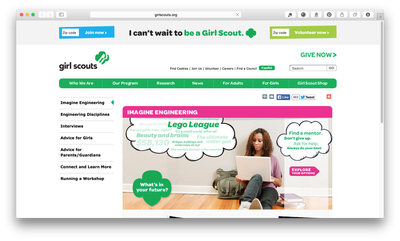
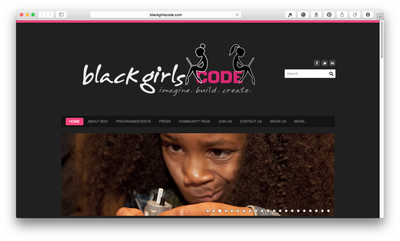
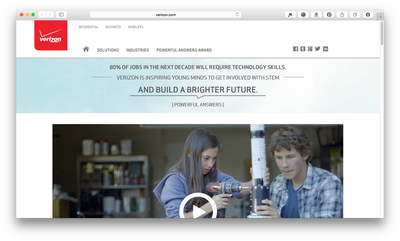
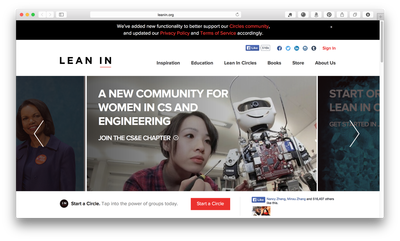

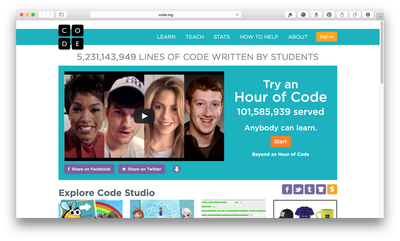
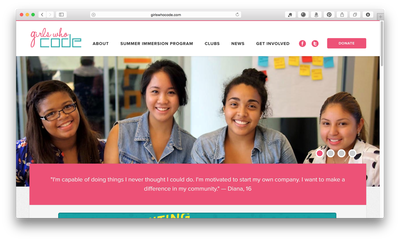
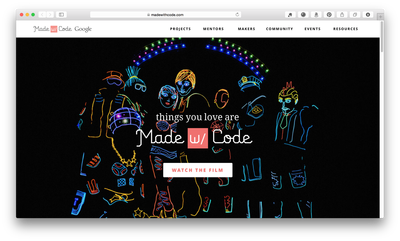
 RSS Feed
RSS Feed